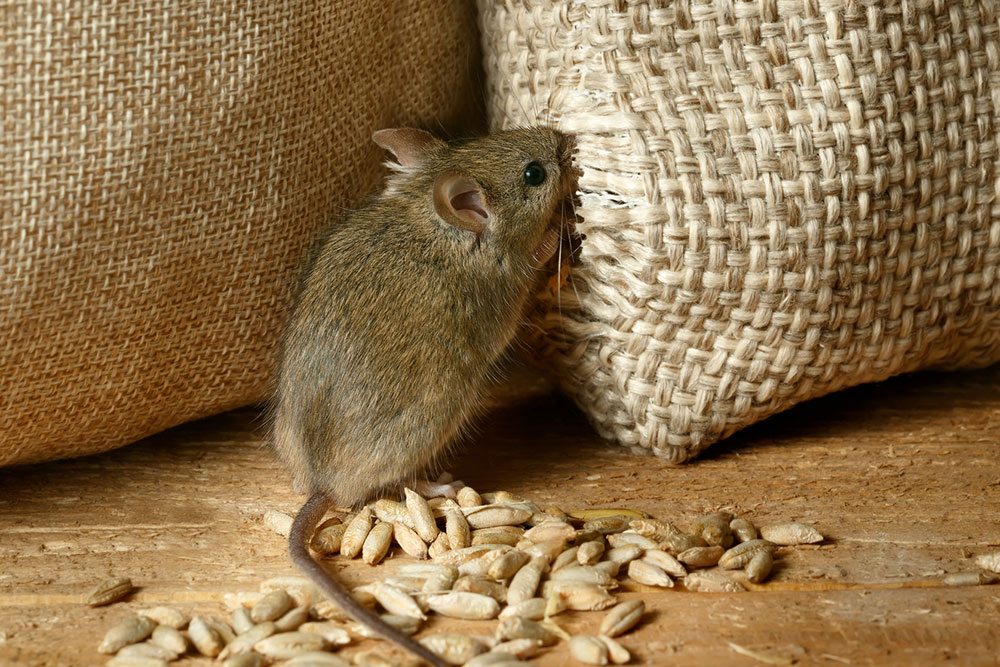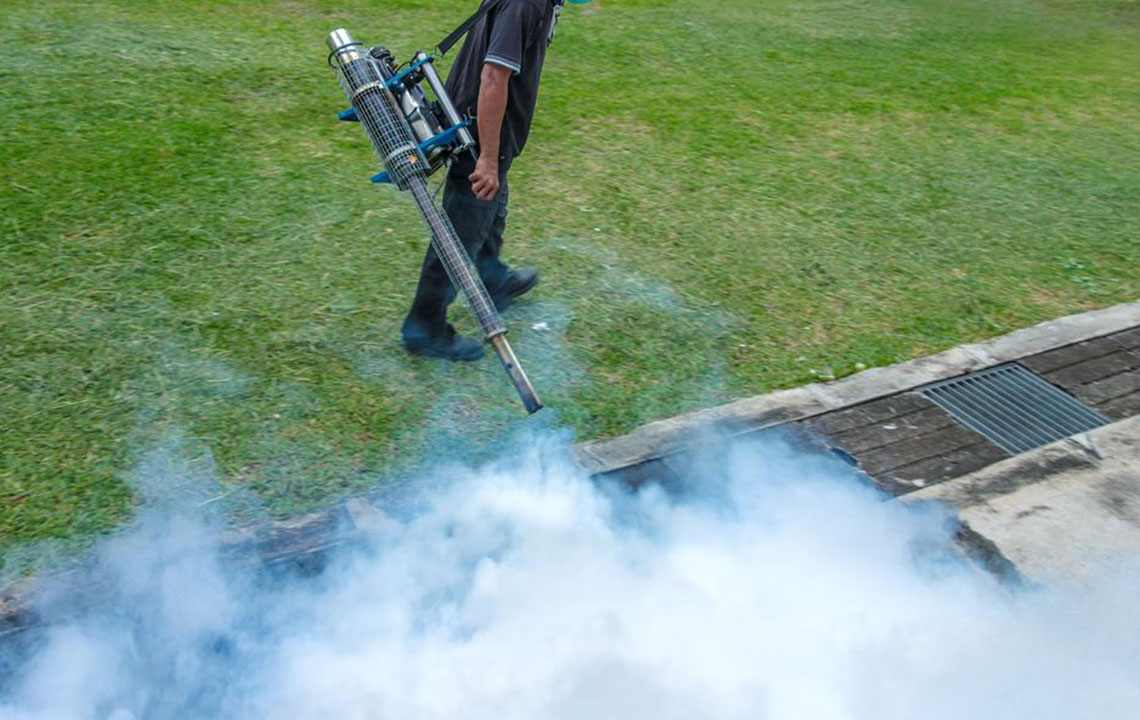Proven Techniques for Deterring Voles from Your Garden
Learn effective ways to control and prevent vole infestations in your garden. From trapping and repellents to habitat modification and professional services, discover proven strategies to protect your plants and maintain a healthy landscape.

Garden lovers often encounter pest issues that threaten their plants. Some insects benefit plant growth, while others cause damage. Voles are small, stocky rodents capable of quickly damaging lawns, flower beds, orchards, and sports fields if not controlled.
What are voles?
Voles resemble mice and are often confused with moles due to similar tunneling behavior. Unlike moles, which create large mounds and deep tunnels, voles leave shallow runways without surface mounds. They are tiny rodents with dense fur in colors like black, brown, or gray, typically measuring 5 to 8 inches long. These herbivores breed throughout the year, with populations surging in spring and summer, leading to rapid infestations. Their lifespan ranges from 6 months to a year, making swift reproduction a challenge.
Indicators of vole activity
Recognizing signs involves spotting small, 2-inch wide underground tunnels through grass or groundcover. Look for burrow entrances, trampled vegetation, wilting plants, gnawed roots, and patches of dead grass. Damage to tree roots and plant stems also points to an infestation.
Effective methods to control voles
To reduce vole populations, choose techniques suited to your property size and severity of the problem. Consider the following strategies:
Trap placement: Use snap or live traps along their tunnels and runways. Always follow local regulations when relocating caught rodents to prevent issues elsewhere.
Repellents: Apply natural deterrents such as coyote or fox urine, homemade garlic sprays, spicy pepper solutions, castor oil, or plant aromatic herbs like mint to keep voles away.
Physical barriers: Install fencing with quarter-inch mesh buried at least one foot deep around vulnerable plants and trees. A fence at least one foot high can also prevent their entry, as voles avoid climbing.
Protecting root bulbs: Surround bulbs with gravel or place them inside protective poultry netting to restrict access.
Habitat management: Incorporate plants like daffodils, alliums, snowdrops, and castor beans—species that are unappealing or toxic to voles—to naturally deter them.
Professional help: For severe cases, consult pest control specialists who can implement advanced trapping, repellents, and habitat modifications to prevent further damage.
Important: Our site offers general pest management advice. Always consider your local conditions and regulations. For major infestations, professional intervention is recommended to protect your garden and landscape effectively.


